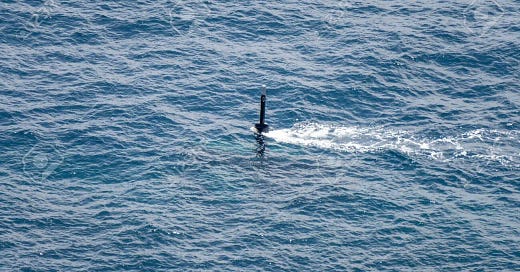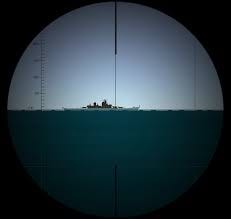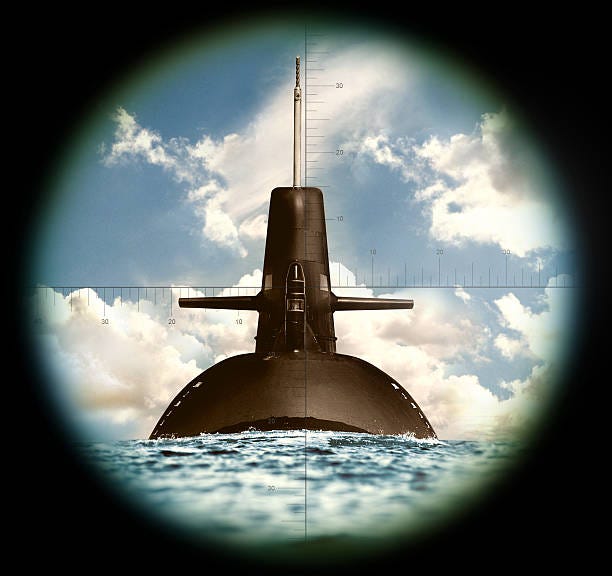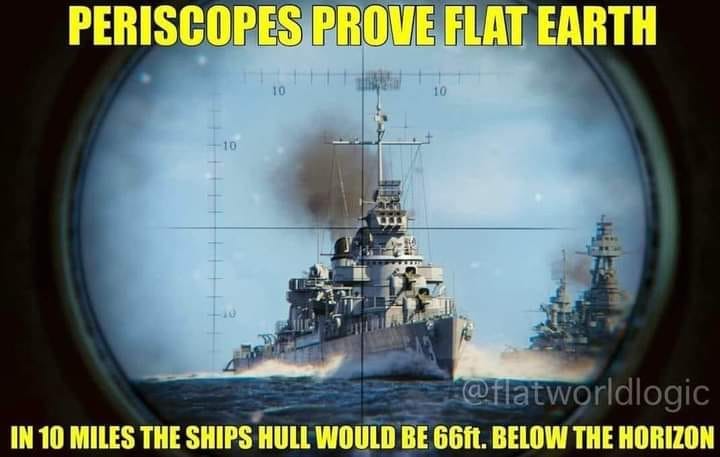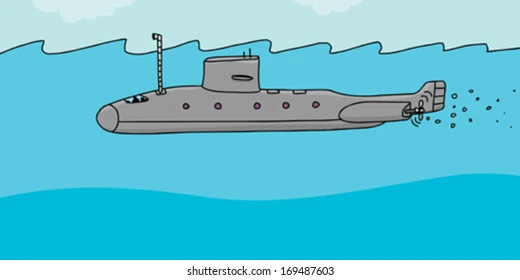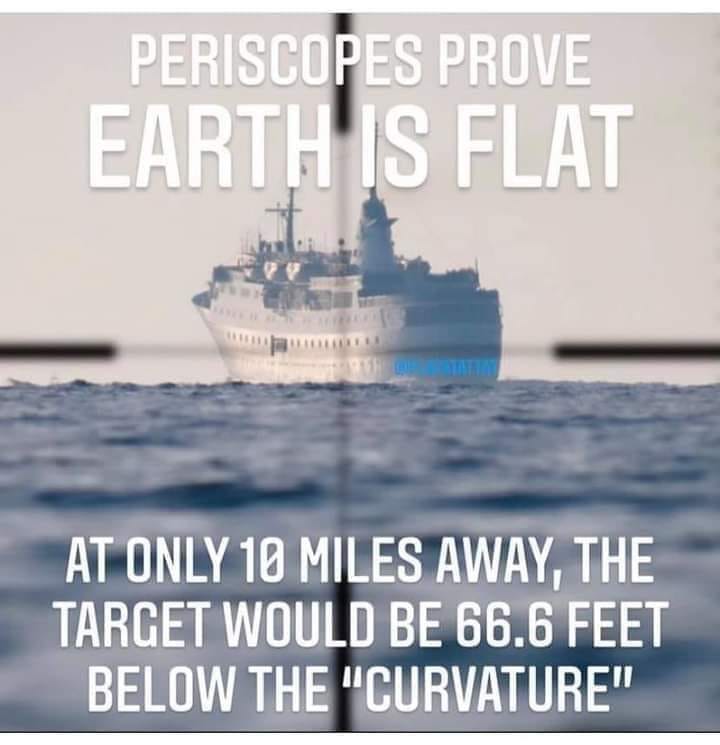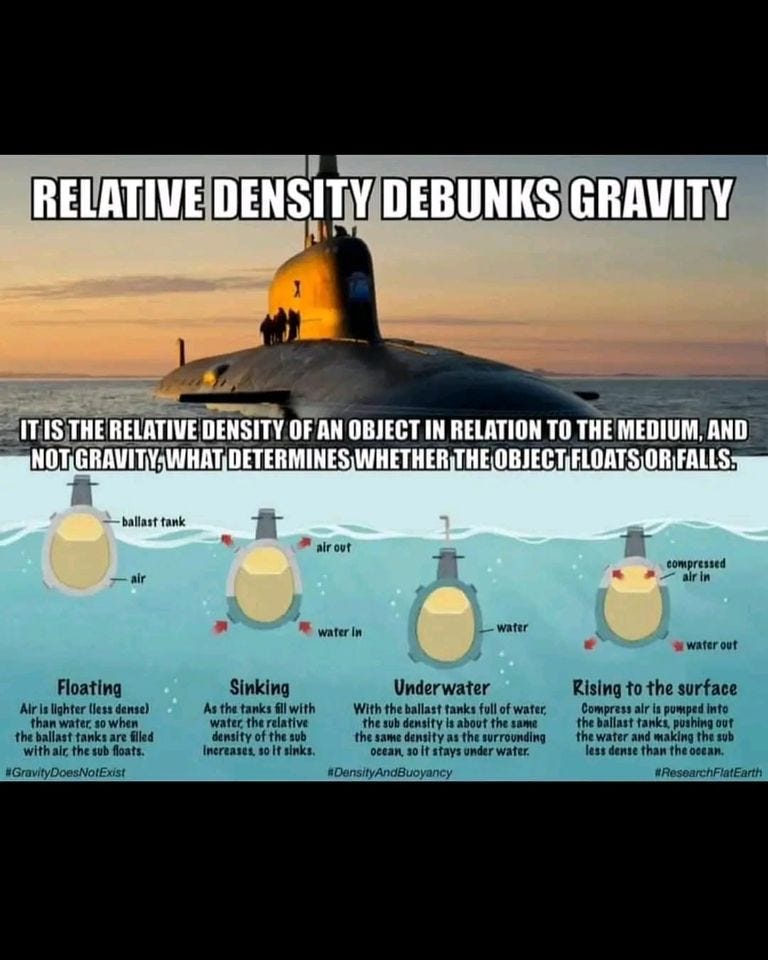Submarine Periscopes Prove That Water Lays Flat on The Earth: Hence, The Earth is Level
A periscope is an instrument for observation over, around or through an object, obstacle or condition that prevents direct line-of-sight observation from an observer's current position. In its simplest form, it consists of an outer case with mirrors at each end set parallel to each other at a 45° angle. This form of periscope, with the addition of two simple lenses, served for observation purposes in the trenches during World War I. Military personnel also use periscopes in some gun turrets and in armored vehicles.
More complex periscopes using prisms or advanced fiber optics instead of mirrors and providing magnification operate on submarines and in various fields of science. The overall design of the classical submarine periscope is very simple: two telescopes pointed into each other. If the two telescopes have different individual magnification, the difference between them causes an overall magnification or reduction.
With a 4 foot periscope, a submarine can see the lowest section of ship hull up to 14 miles away on a clear day.
Now, if the Earth curves at 8 inches per mile squared, then the lowest section of ship hull at 14 miles away is:
14 miles X 14 miles X 8 inches = 1,568 inches divided by 12 to get feet = 130.7 feet minus the height of the periscope at 4 feet = 126.7 feet
Hence, then the lowest section of ship hull at 14 miles should be buried beneath 126.7 feet of curvature. And yet, a periscope can see through 126.7 feet of imaginary ocean curvature, somehow. How does it perform this feat of x-ray vision? Well, the answer is quite simple. It does not. It simply sees a straight line of sight on a flat body of water because the Earth possesses no curvature to it.

